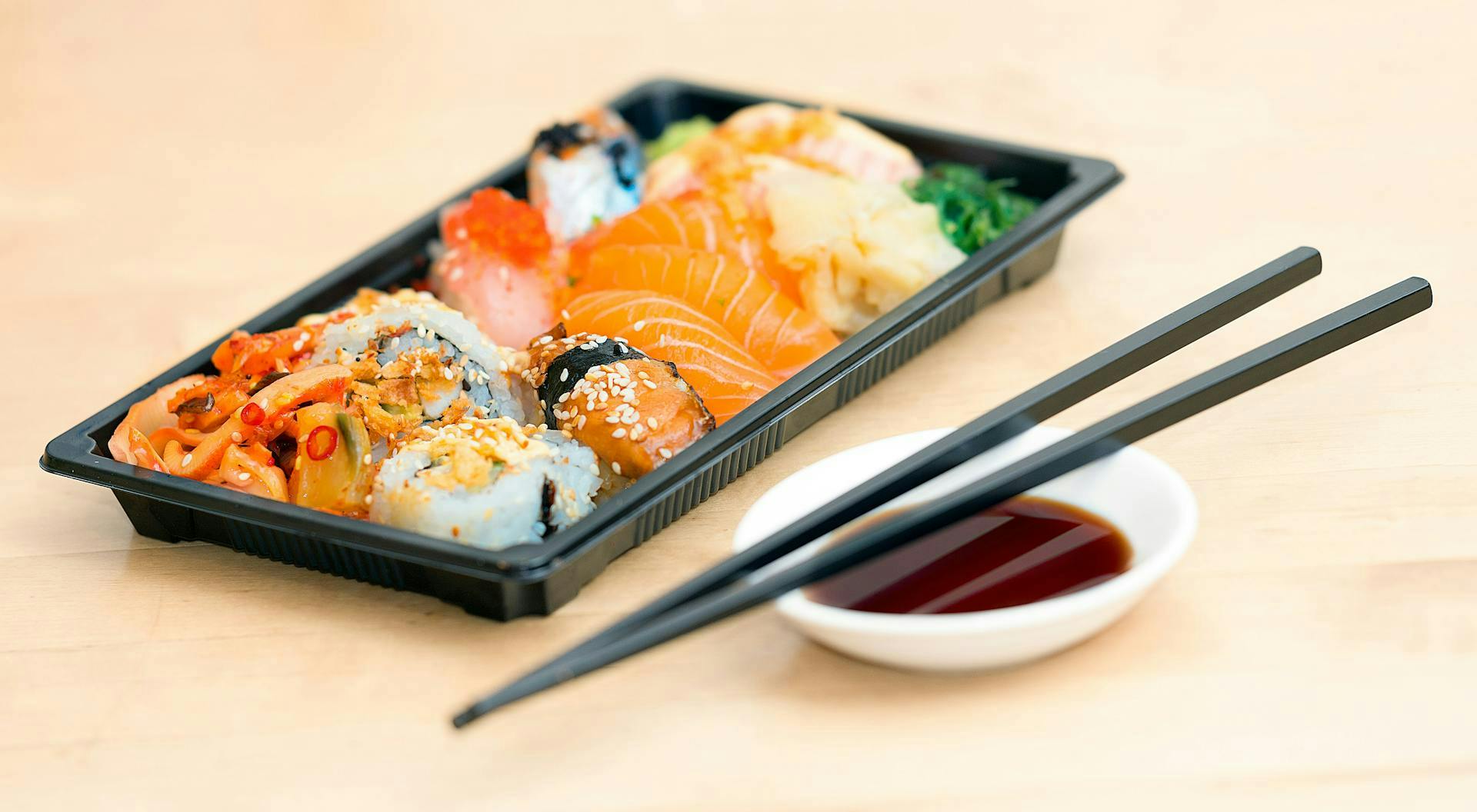your cart
Your cart is empty.
General Articles
How to Substitute Ingredients in Japanese Cooking

Whether you don’t typically cook Japanese cuisine, or your pantry is running a little low, it is likely that at some point you won’t have all of the ingredients you need for a recipe to hand.
While you can always find the right ingredients at a Japanese supermarket, there may be times when it is not possible to visit, so you’ll need to work out a good ingredient substitution. This can be tricky to do if you are less confident in the kitchen or aren’t sure what these ingredients should taste like in the first place.
To help you out, we share some of the best ways you can substitute ingredients for cooking Japanese cuisine. These substitutions may not create a truly authentic flavour for the dish you are trying to create, but they’re certainly good enough to still make an enjoyable dish.

Sauces and Condiments
It is quite likely that this will be the area where you are falling short of supplies in your kitchen, especially if you don’t usually cook Japanese or Chinese food.
Unfortunately, this is also one of the hardest areas to substitute, as these sauces will play a huge part in the flavour of the dish. However, there are still some ways you can make substitutions.
Substitute for Dashi
Dashi is a stock used in a great deal of Japanese recipes. If you don’t have dashi to hand, but do have a range of Japanese ingredients, then authentic dashi can be made from water, kombu and dried bonito flakes.
While producing less of an authentic flavour, you can also create stock from cooking chicken or shrimp, or alternatively use a chicken stock cube or powder if you are in a pinch!
Substitute for Rice Vinegar
If your kitchen is lacking in rice vinegar, then white vinegar or apple cider vinegar can be used in its place. White vinegar is stronger than rice vinegar, so you may wish to use less or add a little water to weaken it.
Substitute for Sake
Sake is a Japanese rice wine, and it can be substituted for other rice wines, like Korean or Chinese rice wine, as well as dry Sherry. If you don’t have these types of alcohol, or don’t drink, then you can use water in its place.
Substitute for Mirin
Mirin is sweetened Sake, so if you have Sake, add 1 tsp sugar per 1 tbsp of Sake. If you don’t have Sake, then just mix water and sugar together using the same ratio of 1 tsp per 1 tbsp.
Substitute for Soy Sauce
Soy sauce is hard to replace and is typically a crucial ingredient in most southeast Asian cuisine. Gluten-free soy sauce or Tamari are the best substitutions, although if you don’t have these, then Worcestershire sauce or coconut aminos will do.
Substitute for Miso
Miso is fermented soybean paste, and there isn’t really a good substitute that will offer the full complexity of the taste of this ingredient. Miso paste adds a savoury and salty flavour to food, so you can replicate this aspect by using a bit of soy sauce or salt in its place.
If miso is meant to be added to a soup, then vegetable stock can be used if you have nothing else.

Vegetables
When following a Japanese recipe, the vegetables that are listed may be different from those you typically find in Western supermarkets or may be known by an alternative name.
Substitute for Daikon
Daikon is a Japanese white radish. If it is being used in a soup, broth or other simmered dish, then any similar root vegetable will do, such as turnips.
Substitute for Japanese Sweet Potato
You can use sweet potatoes found in supermarkets, although in the West, this ingredient is likely to be less sweet, and have a brighter orange colour. To make up for the difference in sweetness, you can add a little mirin or sugar to the dish.
Substitute for Lotus Root
Lotus root or renkon is a root vegetable that can be sliced and fried or boiled in broth. It has a striking appearance when sliced, with a pattern of holes within, which unfortunately won’t be replicated in substitutes. You can use other root vegetables like turnip, salsify and parsnip, although the taste will be milder.
Substitute for Negi
Negi is a long green onion used in Japanese cuisine. It has a taste similar to scallions or spring onions, but its texture is akin to a leek. You can choose which you substitute for based on what you have to hand and whether the taste or texture is more important in the dish.
Substitute for Kabocha Squash
Kabocha is a winter squash found in Japan. You can use butternut or acorn squash as an alternative, as these are more commonly found in the UK. However, they are not as sweet as the kabocha squash, so you may wish to add some sugar.

Dry Ingredients
Dry ingredients are often easier to find a similar alternative for.
Substitute for Panko
If you are looking to make tonkatsu or crumb-coated prawns, for example, then you will need to use panko. If you don’t have proper panko, then you can use regular breadcrumbs. However, the resulting dish will be less light and flaky than if panko was used.
Substitute for Japanese Rice
Most Japanese rice dishes will call for short-grain rice, and this is particularly important for sushi dishes. The closest alternative would be Korean rice, although other short-grain rice will do.
You can find out all you need to know about substituting noodles with our guide to which noodles are gluten-free.
We hope this helps to make cooking easier when your kitchen is running low on supplies! When you need to restock your pantry with all the right Japanese sauces, condiments and cupboard items, then check out our Japanese supermarket online for your essentials!
this site uses cookies
We and our advertising partners use cookies on this site and around the web to improve your website experience and provide you with personalised advertising from this site and other advertisers. By clicking allow, you accept the placement and use of these cookies for these purposes. Learn More



